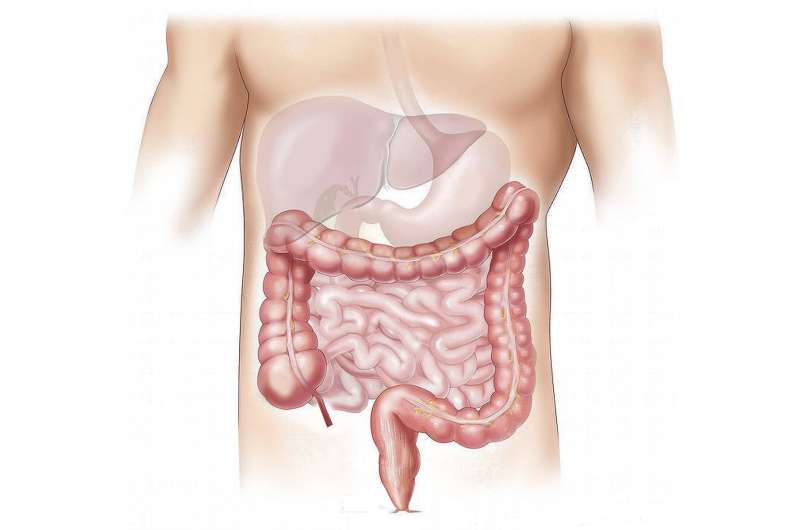Advances in Lung Disease Research: Using iPSCs on Microfluidic Chips

Innovative lung-on-chip models using iPSCs offer new insights into respiratory infections and personalized treatment approaches. Learn how Kyoto University researchers are advancing lung disease research with microfluidic technology.
Respiratory infections, including viruses like COVID-19, have caused global health crises, significantly impacting lung tissue. These viruses tend to attack both the airway (proximal regions) and the deeper alveolar regions of the lungs, leading to varying degrees of damage and immune responses. Traditional models such as animal studies and simple cell cultures often fall short in accurately replicating these complex responses, limiting our understanding of disease mechanisms and hindering drug development.
To address these challenges, researchers at Kyoto University have developed an innovative microphysiological system, or organ-on-chip platform, that mimics different regions of the human lung. This sophisticated device integrates induced pluripotent stem cells (iPSCs) derived from the same genetic source, known as isogenic cells, to create detailed models of the airway and alveoli. These models enable scientists to observe how distinct lung areas respond to viral infections in a more precise and personalized manner.
Published in Nature Biomedical Engineering, this study demonstrates that these lung-on-chip models can faithfully reproduce the innate immune responses of various lung tissues. Lead researcher Sachin Yadav explains that the platform allows for detailed investigation into how different lung regions react to viruses, facilitating the study of disease progression and potential treatments. The use of patient-specific iPSCs further enhances the potential for personalized medicine approaches.
Beyond studying viral infections, the lung-on-chip system can be adapted to model other pulmonary conditions and multi-organ interactions, holding promise for advancing our overall understanding of human organ systems. Senior researcher Ryuji Yokokawa highlights that this technology could be instrumental in detecting early responses to emerging viruses and accelerating the screening of antiviral drugs. Additionally, integrating iPSCs allows for the development of tailored treatment strategies based on individual genetic makeup, marking a significant step toward personalized healthcare.
Overall, the integration of stem cell technology with microfluidic chips offers a powerful and versatile platform that can revolutionize respiratory disease research and drug discovery, ultimately contributing to better preparedness for future pandemics.
Stay Updated with Mia's Feed
Get the latest health & wellness insights delivered straight to your inbox.
Related Articles
New Research Identifies Enzyme Deficiency as Cause of Rare Skeletal Disorder
A groundbreaking study reveals that a deficiency in the enzyme TGDS leads to a rare skeletal disorder by disrupting glycosaminoglycan synthesis, offering new insights into diagnosis and treatment.
New Insights into Long-COVID: The Role of 'Zombie' Cells and Viral Impact on Blood Vessels
Emerging research highlights how viruses induce 'zombie' endothelial cells, leading to blood flow issues, microclots, and symptoms like fatigue and brain fog in long-COVID and ME/CFS patients.
The Science Behind Gambling Environments: How Lights and Sounds Influence Decision-Making
Recent research reveals how lighting and sound in gambling environments influence decision-making, increasing risk-taking behaviors. Learn how these sensory cues are intentionally designed to manipulate players and what can be done to promote safer gambling.
Comprehensive Guide to Understanding and Preventing Colon Cancer
Learn essential facts about colon cancer, including risk factors, screening guidelines, and prevention strategies to promote early detection and improve survival chances.



